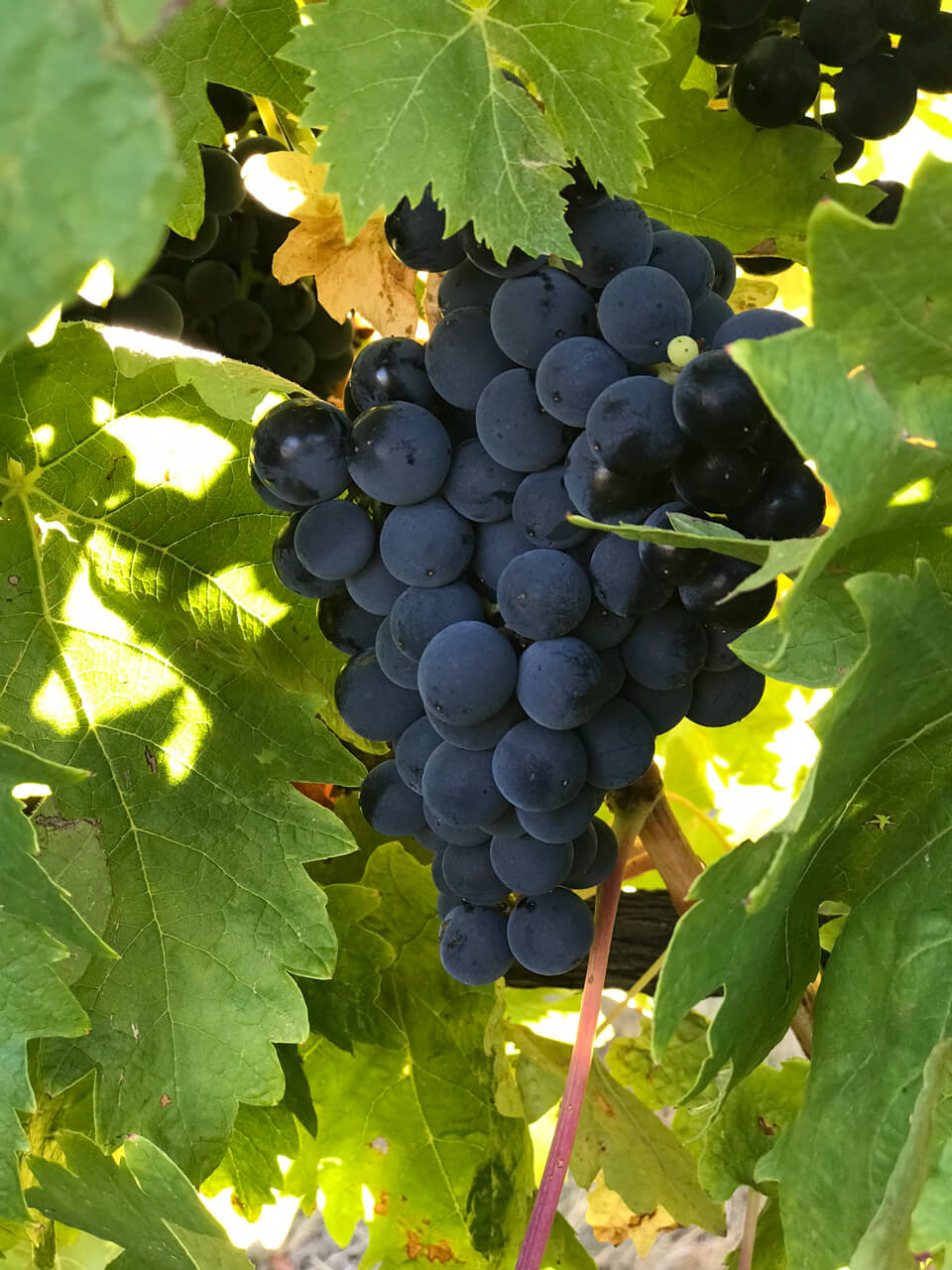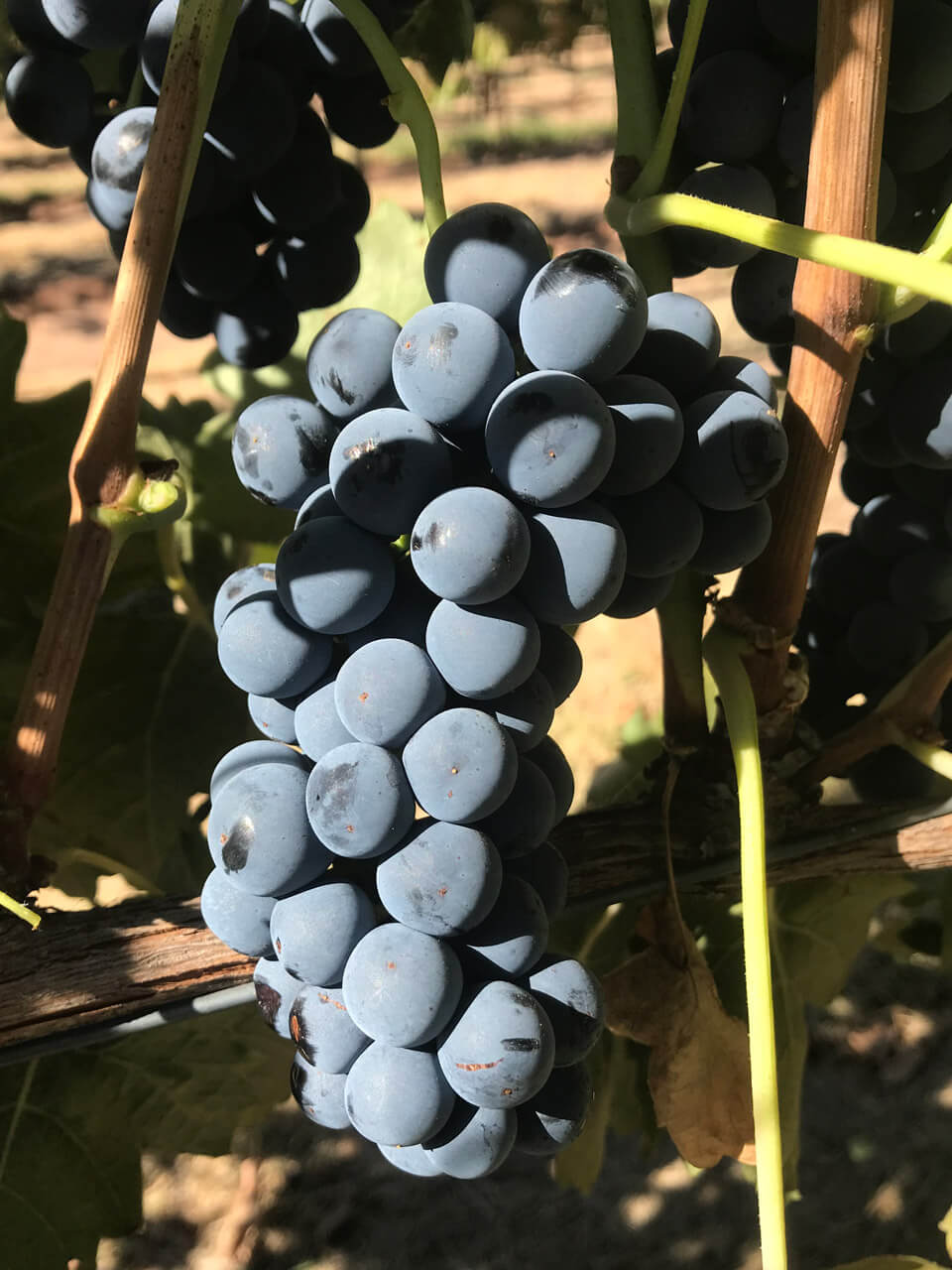Tempranillo is unarguably Spain’s most recognisable variety, forming the bedrock of that country’s most famous red wines, as well as being one of one of the five key grapes from Portugal’s emblematic fortified – Port. In Australia, it has made a meaningful mark, but with limited genetic vine material, the potential for the grape is exponentially bigger, and with new clones now online that potential is starting to be fulfilled.
Also known as
Also notably called tinto fino in Spain – amongst many other local names – the most likely encountered synonym for tempranillo is Portugal’s most common name for the grape, tinta roriz.
What tempranillo tastes like
The flavours of tempranillo naturally vary depending on ripeness, both red and darker fruits are common, with plum, blackberry and cherry common descriptors. Those fruit flavours are typically accompanied by savoury notes, often leather, tobacco, woodsy herbs and spice notes, with cola as another notable descriptor. While the acidity is naturally low, cooler examples will have good freshness and the wines will typically have ample structure from savoury tannins.
Vineyard & winemaking
Tempranillo literally translates as “little early one” (temprano means early in Spanish), with the vines budding late and the grapes often ripening two weeks earlier than other Spanish red grapes. It is essentially a grape that favours a relatively moderate climate, but sunshine will bring out the deepest flavours. However, the acidity drops out of the fruit in hot conditions or if the grapes are pushed to high ripeness. Tempranillo is historically a blending grape, though solo examples have become the norm. In the winery, the grape can be made into bright and fresh wines without oak, or they can be aged in wood for long periods, such as for Rioja’s Gran Reservas.
Where is tempranillo grown?
Tempranillo is grown throughout Spain, being the most planted and most cherished red grape, but it is in Rioja and Ribera del Duero in the north that it reaches its greatest heights. And while those regions certainly have some quite hot conditions, especially Ribera, with Rioja relatively mild, there are also meaningful high-altitude plantings in both over 700 metres, and even over 900 metres in Ribera. Tempranillo is also a major player in Castilla y León, Navarra, Castilla-La Mancha, Extremadura and Aragón. Tempranillo is also one of the five principal Port varieties in Portugal’s Douro, where it is called tinta roriz. In Alentejo, the grape is called aragonez and it is employed as a component of generally simple blended red wines.
Tempranillo around the world
Tempranillo has had the largest global growth since 2000, with almost 115,000 hectares planted up until 2016. Most of this is in Spain, though, with 10,000 hectares planted around the world – a still not insignificant amount. The grape has a small presence in California, with quality aspirations ever growing, but is perhaps in Texas that it is best regarded, something of the Lone Star’s signature variety. South America, and principally Argentina, is the key player for New World Tempranillo, with Australia the next biggest maker.
Tempranillo in Australia
It is thought that François de Castella first brought tempranillo to this country after he was appointed Victorian State Viticulturist in 1907. One of his tasks was to revitalise an industry ravaged by phylloxera, and during a tour of Europe he sourced grapes that he thought would suit the hot and rugged conditions of Rutherglen, which had lost much of their plantings. Tempranillo was one of those vines he returned with, but an economic slide that saw the Victorian wine industry all but crushed, tempranillo never got a foothold. It was later planted around 1990 by Dr Bailey Carrodus at Yarra Yering with four other Port varieties for fortified wine, while Fighting Gully Road’s Mark Walpole planted it as his family’s vineyard in the late 1980s from material sourced from the Hunter Valley (probably from UC Davis material imported in the 1960s and 70s). Since then, the plantings have increased to 750 hectares, with the land under vine doubling in the decade up to 2019. It is now grown across the country and in most wine regions. The handbrake on tempranillo has been the limited clonal material available in this country. That is all changing, though, with the Yalumba nursery now propagating six clones from various Spanish regions. On the early information, these clones are remarkably different and very promising, though few wines from them are on the market at the time of writing.
Some of the best Australian tempranillo
A. Rodda
Fighting Gully Road
Gemtree
Henschke
Hither & Yon
La Kooki
La Línea
Main & Cherry
Mayford
Oliver’s Taranga
Spinifex
S.C. Pannell
Tomfoolery
Weathercraft




